Beyond Pinterest: The best ways to ensure your lovely objects aren't exactly the same as everyone else's
Giles Kime asks whether the the ‘digital pop up’ the answer to the homogeneous home.


Mass manufacture has plenty of benefits, but it has also created the problem of ubiquity. A quick trawl through Right-move reveals that houses furnished at the same handful of modish retailers look pretty much identical.
It’s a fair bet that a search of swish apartments in London W11 will turn up its fair share of Minotti sofas, Union Jack cushions and a few ‘ironic’ flokati rugs; in SW11, it’s likely to be Smooch love seats from Loaf and more Oliver Bonas fringed lampshades than you can shake a stick at.
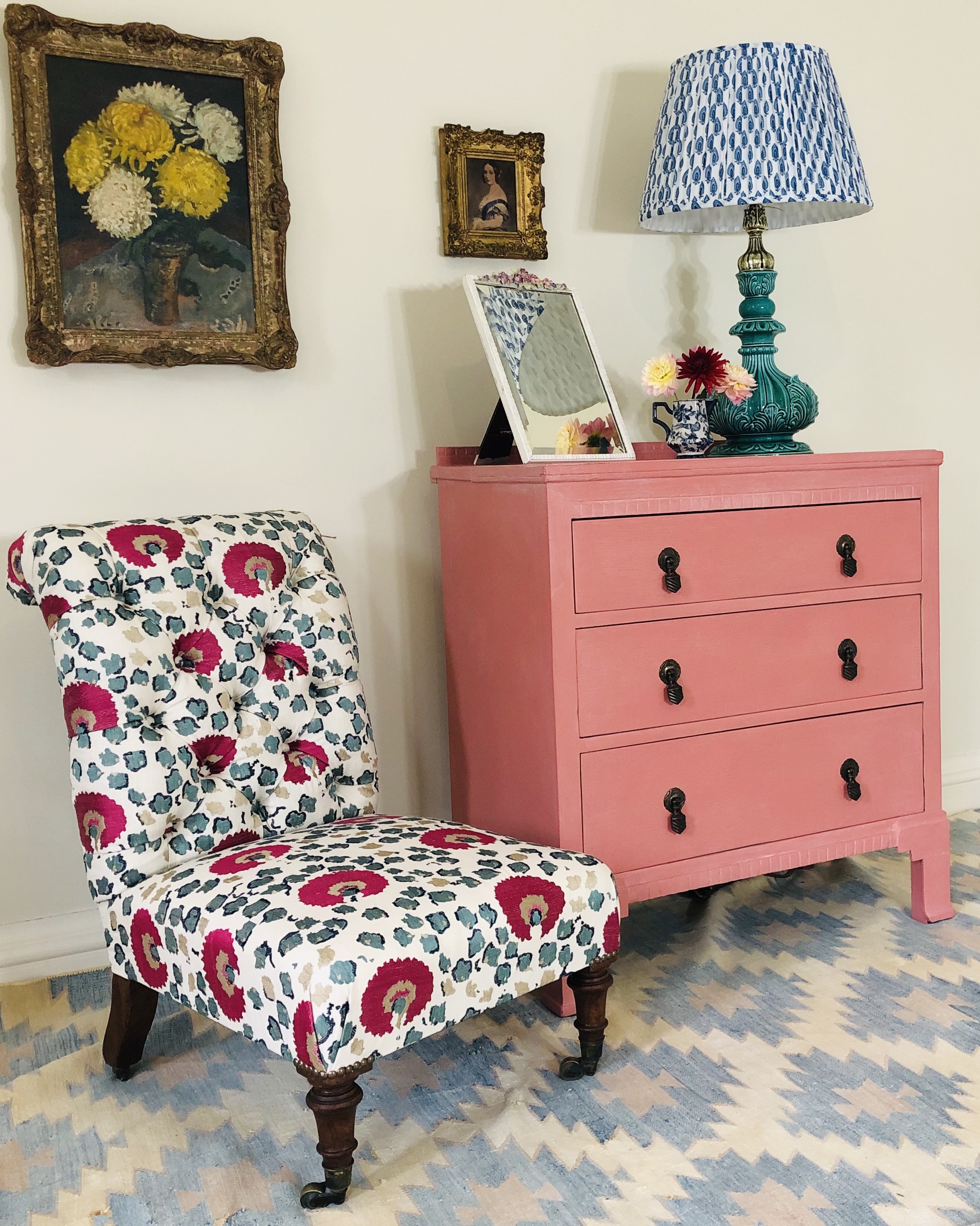
’Twas ever thus, you could argue, except it wasn’t. Not really. Even in the early days of Habitat and Laura Ashley, it was rare to see room sets slavishly reproduced in people’s houses. Financial constraints meant that antique furniture was stripped or painted (long before the term ‘upcycling’ was coined), which ensured few houses looked the same.
Forty years later, the creeping power of Instagram and Pinterest has created a strange form of conformity, a sense that the must-have lampstand or pen pot will provide entry to the hallowed world created by that mysterious breed known as ‘influencers’.
‘When they’re gone, they’re gone’
The answer to the problem of homogeneity lies in antique shops, craft fairs and galleries. It’s rather magical to spot something you love at 50 paces; a ceramic jug, painting or lamp that is probably unique, because it is old or made by the human hand. Better still is the feeling of being so passionate about an object that you can’t leave without buying it.
Another antidote is the pop-up store, which is transforming how we shop. In the way that the disappearance of the grocer precipitated the growth of the farmer’s market, the pop up is a direct result of the demise of the quirky, independent retailer.
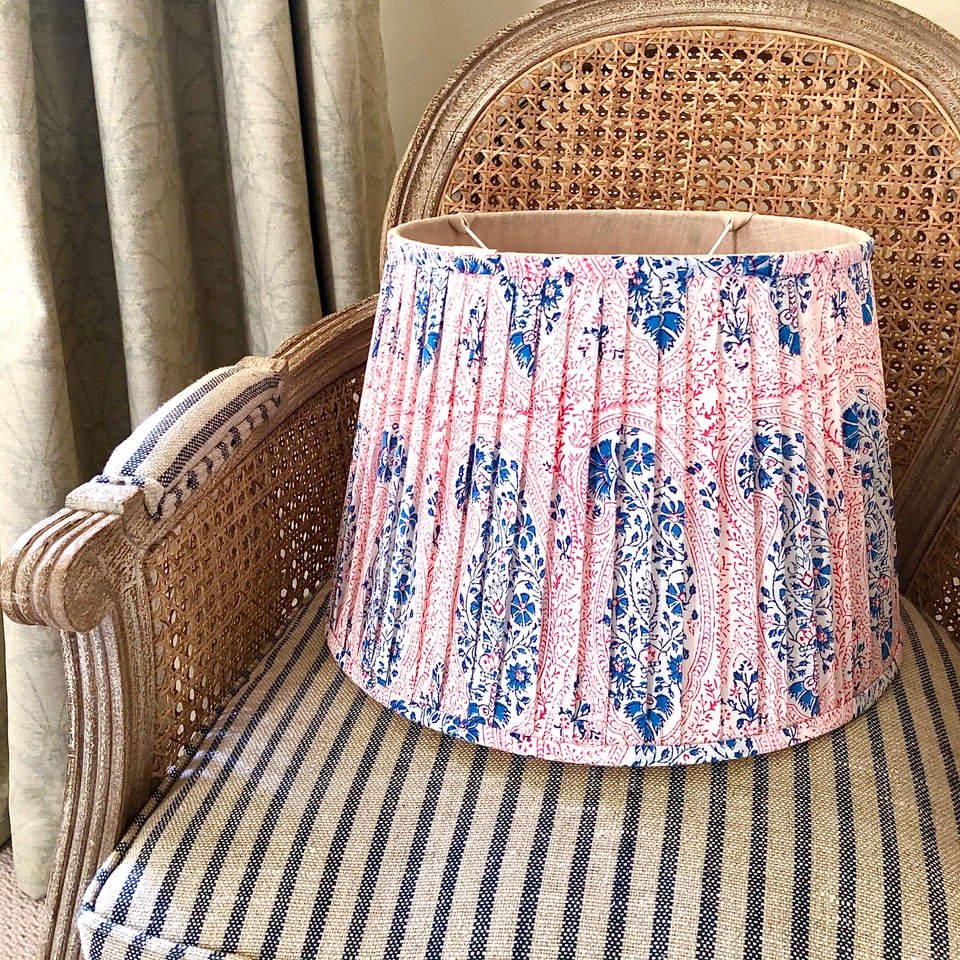
A good example was a pop up by Nels Crosthwaite Eyre earlier this year, which offered her eclectic mix of one-off furniture, lighting and accessories in the village of Up Somborne in Hampshire.
Sign up for the Country Life Newsletter
Exquisite houses, the beauty of Nature, and how to get the most from your life, straight to your inbox.
For her, the concept also works online; her pop-up website 100handpicked.co.uk offers one-off pieces that you won’t see elsewhere, some new, some old, all charming and distinctive. As she says, ‘when they’re gone, they’re gone’, but you can put in an order safe in the knowledge that you won’t see half a dozen examples of the same thing between now and Christmas.
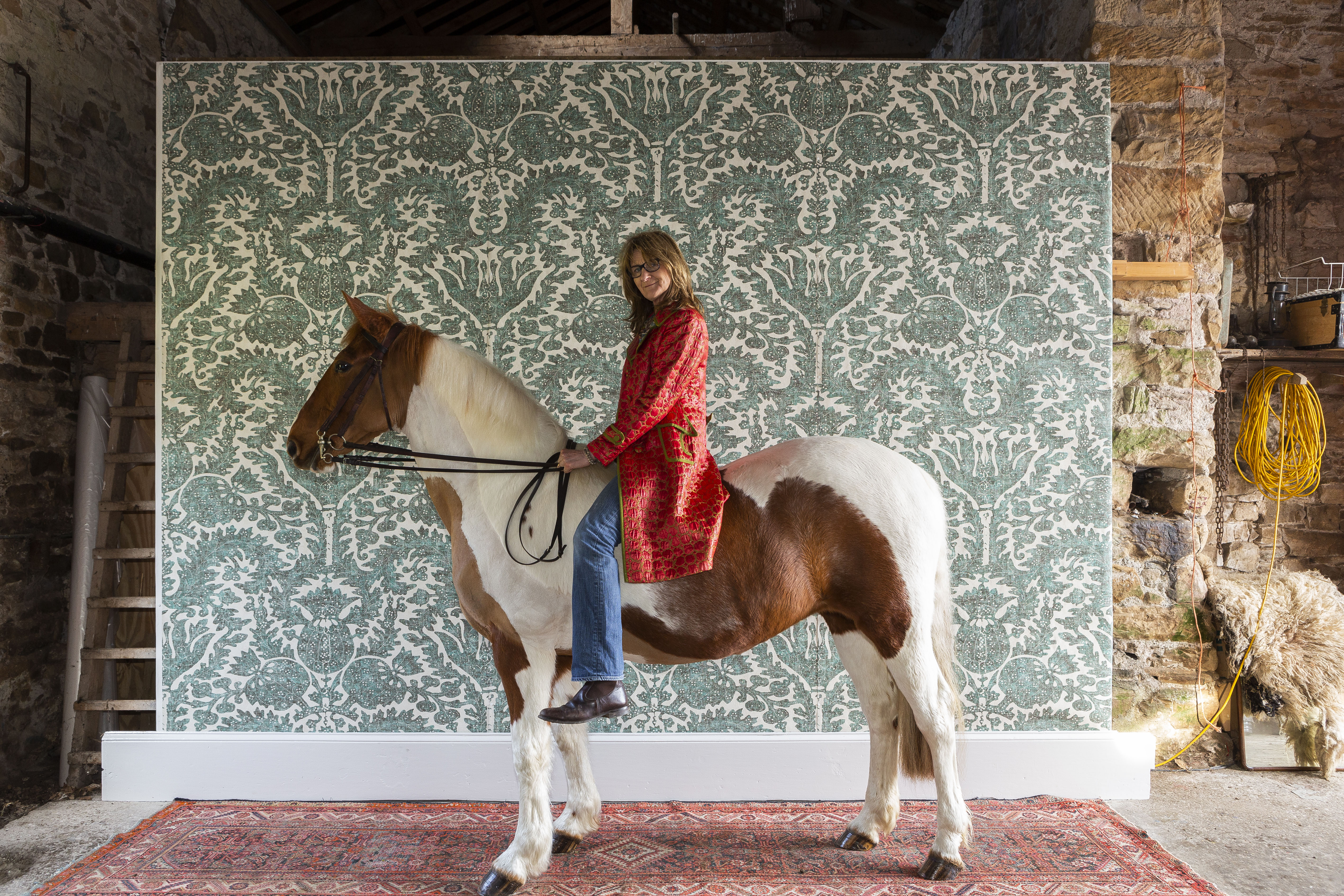
Credit: Harry Lowther/Lewis & Wood
How large-scale wallpaper can transform a space beyond recognition
Fortune favours the bold – in actions and interiors. Giles Kime explains how big and bold can make a small room
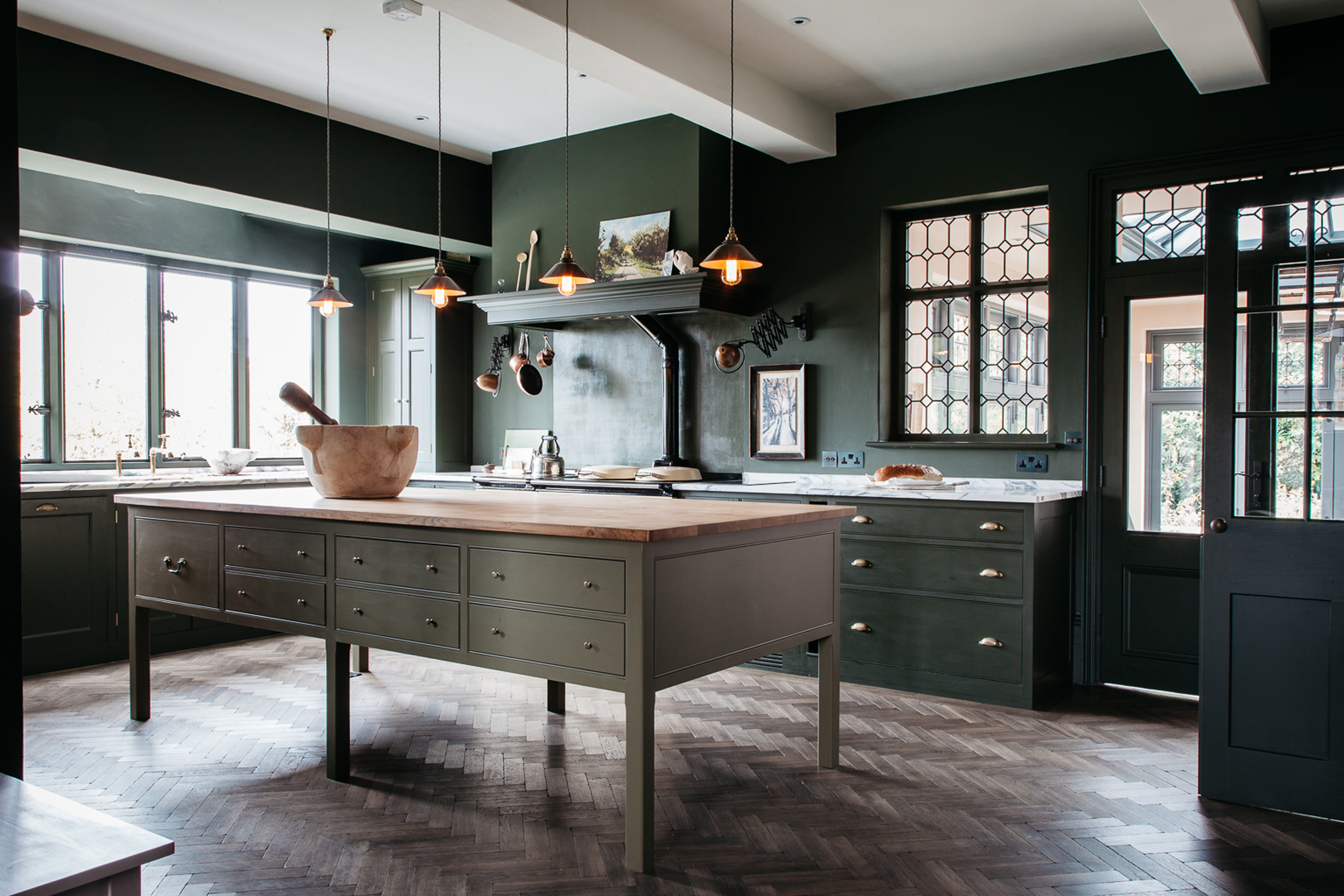
How to transform a Victorian kitchen with bold colour and Georgian-style joinery
Georgian-style joinery and dark colours lend a cosseting feel to this farmhouse kitchen.
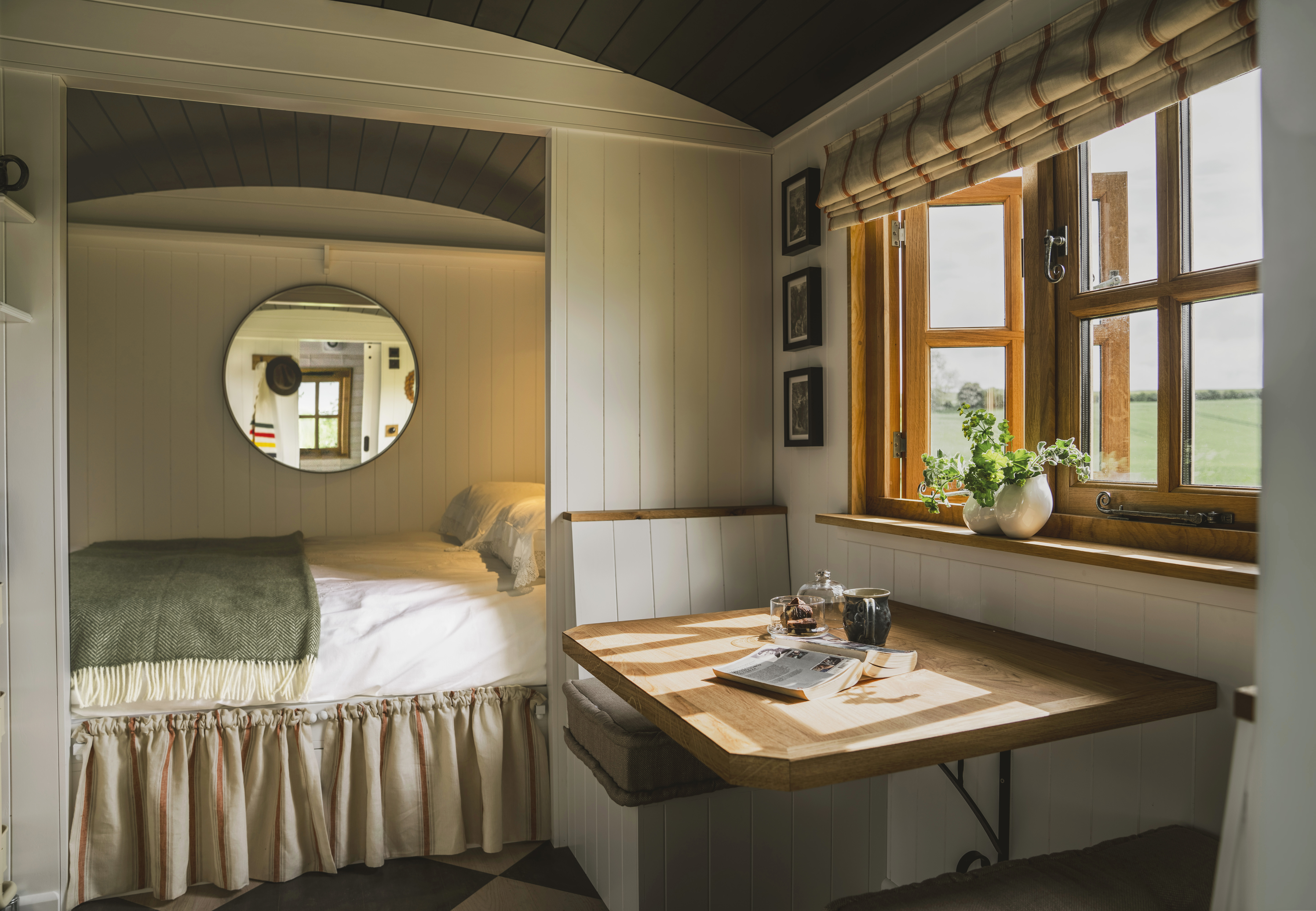
Credit: Chrisopher Mcgrillis
How to transform a shepherd's hut into the perfect, country guest house
In North Yorkshire, Melanie Phipps has furnished a pair of shepherd’s huts with every creature comfort.
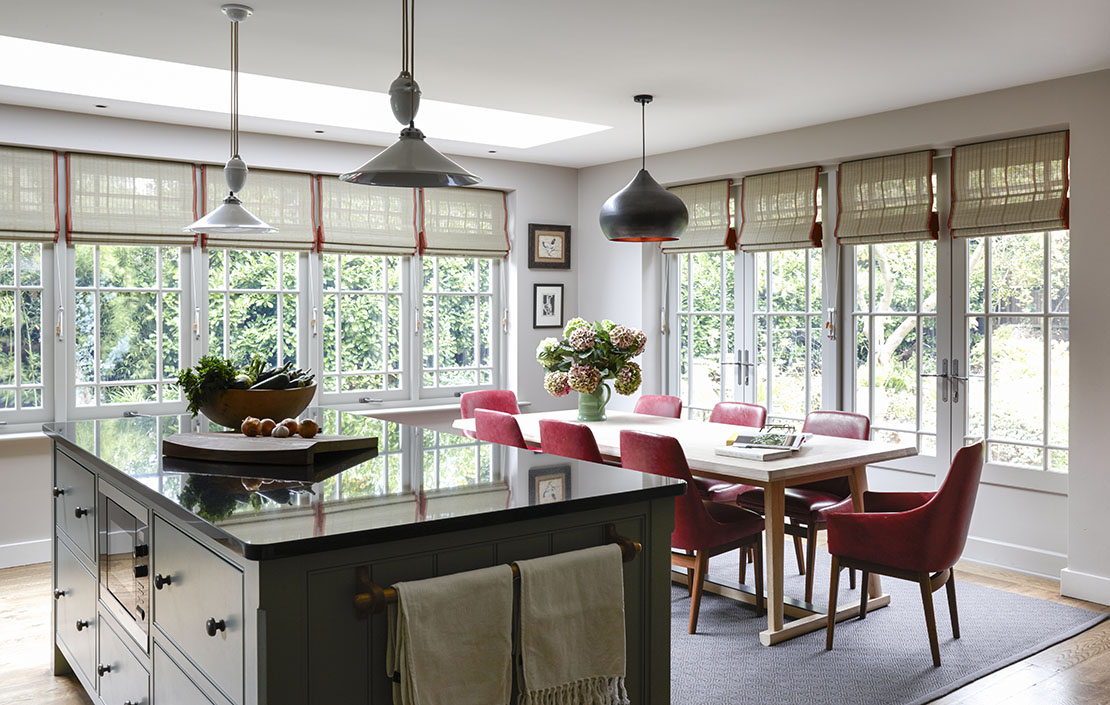
Credit: Jake Fitzjones
How to transform a dark Victorian kitchen into a charming social space with bespoke joinery
Charlotte Crosland redesign project turned into an entire refurbishment when it came to this Victorian house in London, including this
-
 Some of the finest landscapes in the North of England with a 12-bedroom home attached
Some of the finest landscapes in the North of England with a 12-bedroom home attachedUpper House in Derbyshire shows why the Kinder landscape was worth fighting for.
By James Fisher
-
 The Great Gatsby, pugs and the Mitford sisters: Country Life Quiz of the Day, April 16, 2025
The Great Gatsby, pugs and the Mitford sisters: Country Life Quiz of the Day, April 16, 2025Wednesday's quiz tests your knowledge on literature, National Parks and weird body parts.
By Rosie Paterson